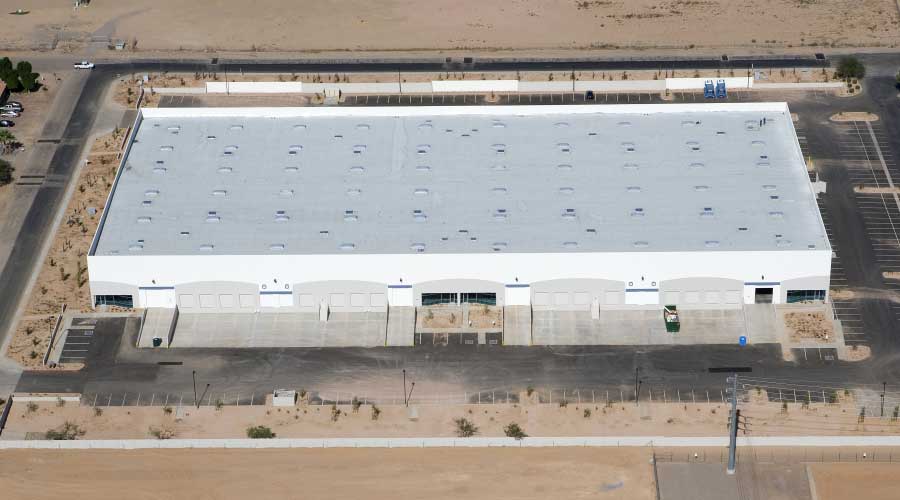Test Your Knowledge of Roof Design, Repair, Maintenance
First of a 3-part quiz that tests your knowledge of roofing issues
Facility managers ask a lot of questions about roofing systems. Some of them reflect common misconceptions about roof design, repair, and maintenance and involve such issues as wrinkles in new-roof membranes, asphalt application, and maintenance of metal roofs. The following are all actual statements from facility managers. Want to test your roofing knowledge? Answer true or false.
1. I noticed after my new roof was installed that there were a lot of wrinkles in the membrane. The contractor told me there was no need to be concerned as they were sealed and wouldn’t leak.
False. Wrinkles create problems in the future. That’s why roofing manufacturers want them repaired as soon as they occur during installation. Both asphalt-based and single-ply membrane manufacturers provide specifications for repairing wrinkles, especially those at seams. Wrinkles will lie higher than the surrounding roof, which results in several issues. Foot traffic can scuff and cut the raised areas. There is no support behind the loose areas, making them more vulnerable to punctures. In asphalt-based systems, the surfacing will be lost prematurely, exposing the underlying membrane to the deteriorating effects of UV radiation. The air trapped under the wrinkle will expand when heated by the sun and eventually cause material fatigue and cracking as the membrane rises and falls.
2. A thick application of asphalt in a built-up roof is good because I get more waterproofing for my money.
False. A thick application of asphalt means the asphalt is being applied at too cold a temperature. This can lead to heavy blistering, lack of adhesion of the membrane, and premature failure of the roof. A thin application is just as bad. Asphalt temperature should be monitored at the mop cart to be sure the temperature is within +/- 25 degrees of the EVT temperature noted on the wrappers of the asphalt drums or the delivery manifest of bulk asphalt.
3. A roofing manufacturer salesman told me that metal roofs need very little maintenance.
True, but that doesn’t mean they don’t need any maintenance. Metal roofs should be still checked periodically for sealant deterioration, movement of metal flashings, backing out of fasteners, deterioration of rubber gaskets on exposed fasteners, corrosion, especially at scratches and cut edges, and missing closures, among other things.
4. SBS modified bitumen cap sheet is a good repair material for an expansion joint cover because it can stretch.
False. SBS modified bitumen membranes are slightly stretchier than plain asphalt because the rubber added to the asphalt gives the asphalt better flexibility to withstand thermal expansion and contraction in the roof membrane. This added flexibility, however, is not intended to accommodate movement joints. Seams in expansion joints that have opened should be repaired with the manufacturer’s repair kit. Never use roofing cement, peel-and-stick membranes, or asphalt-based roof membrane material to repair expansion joints. If the whole expansion joint has to be replaced, a new prefabricated expansion joint cover should be installed. Only with a single-ply membrane should the same membrane be used as an expansion joint cover.
5. A roofer wanted to substitute a TPO membrane as an equivalent product for a white EPDM. She said it was an acceptable substitute because they are both white, flexible, single-ply membranes that can be fully adhered. I say not.
True. You were correct. They may be outwardly similar but are not the same chemical formulation, level of flexibility, seaming method, chemical resistance, and puncture resistance. These are all characteristics that should be taken into consideration when specifying a roof system. "Similar" is not "equivalent."
Related Topics:














